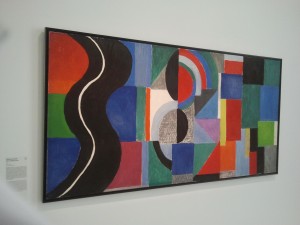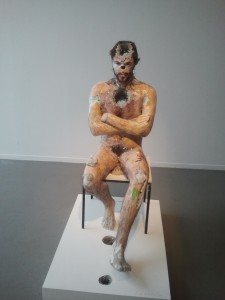Egypt ‘90% sure’ there are hidden chambers in King Tut’s tomb
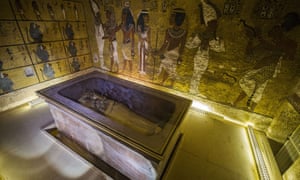
Not quite sure how they work out these percentages. Last time my wife said she was 96% certain about something, she was wrong. But this is so clearly an extraordinary story that worth following closely. For researchers in Egypt claim there is a 90% chance that hidden chambers will be found within King Tutankhamun’s tomb, based on the preliminary results of a new exploration of the 3,300-year-old mausoleum.
One researcher has theorised that the remains of Queen Nefertiti may be inside – which, given she is so famous, hasn’t been a bad speculation to make for the publicity.
Egypt began the search for the hidden chamber last week. Announcing the results of three days of testing in Luxor, the antiquities minister, Mamdouh el-Damati, said the findings would be sent to Japan for a month-long analysis before the search is resumed.
British Egyptologist Nicholas Reeves theorises that Tutankhamun, who died at the age of 19 in 1324 BC after just nine years on the throne, may have been rushed into an outer chamber of what was originally Nefertiti’s tomb. Reeves reached his theory after high-resolution images discovered what he said were straight lines in Tutankhamun’s tomb. These lines, previously hidden by colour and the stones’ texture, indicate the presence of a sealed chamber, he said.
Nefertiti was the first wife of Akhenaten, who unsuccessfully attempted to switch Egypt to an early form of monotheism. Akhenaten was succeeded by a pharaoh referred to as Smenkhare and then Tutankhamun, who is widely believed to have been Akhenaten’s son.
Tut, Nefertiti and Akhenaten’s family ruled Egypt during one of its most turbulent periods, which ended with a military takeover by Egypt’s top general , Horemheb. The whole family’s names were wiped out from official records later on. Reeves, who is professor of archaeology at the University of Arizona, believes that Smenkhare is actually Nefertiti.
Egypt ‘90% sure’ there are hidden chambers in King Tut’s tomb Read More »

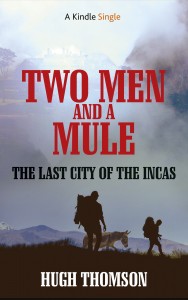
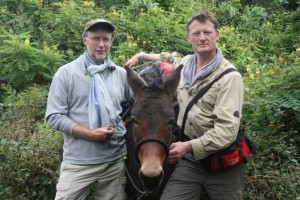
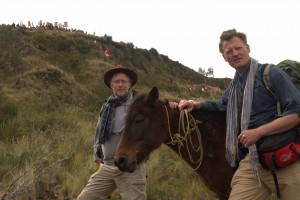

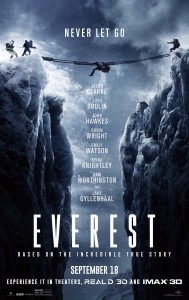 The filmmakers were lucky to have David Brashears on board, both because of his presence on Everest in 1996 at the time the tragedy unfolded (Brashears was making an IMAX film and his character is played by an actor in this one), and for his help on how on earth you make a movie at such challenging altitudes. While some sections were shot on Everest itself – in mid January, so freezing temperatures – which cinematographer Salvatore Totino described as extraordinarily difficult in the
The filmmakers were lucky to have David Brashears on board, both because of his presence on Everest in 1996 at the time the tragedy unfolded (Brashears was making an IMAX film and his character is played by an actor in this one), and for his help on how on earth you make a movie at such challenging altitudes. While some sections were shot on Everest itself – in mid January, so freezing temperatures – which cinematographer Salvatore Totino described as extraordinarily difficult in the 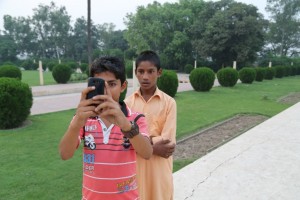
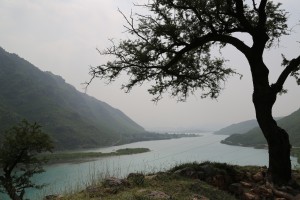 .
.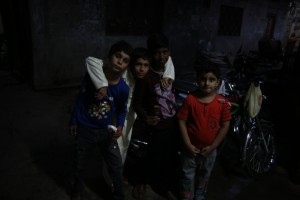
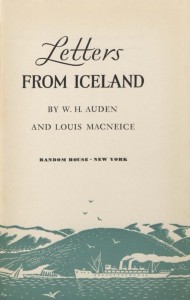
 MacNeice contributes much less to the book – some eighty-one pages out of the first edition’s two hundred forty – but has some equally effective couplets in his own verse letter which prefigures the great wartime Autumn Journal:
MacNeice contributes much less to the book – some eighty-one pages out of the first edition’s two hundred forty – but has some equally effective couplets in his own verse letter which prefigures the great wartime Autumn Journal: 
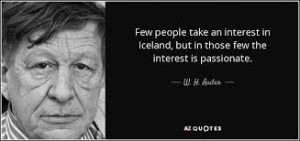
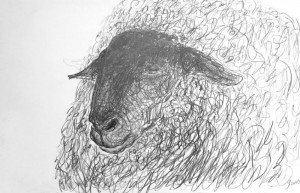

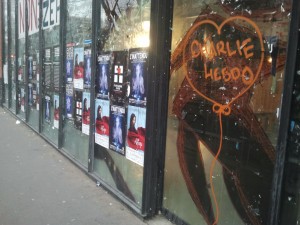 Struck on a visit to Paris by the changes that have taken place in recent years – and also going in the shadow of the recent Charlie Hebdo tragedy which has had the effect – a little like the July bombings in London did a decade ago – of reminding citizens what a multicultural city they now find themselves in.
Struck on a visit to Paris by the changes that have taken place in recent years – and also going in the shadow of the recent Charlie Hebdo tragedy which has had the effect – a little like the July bombings in London did a decade ago – of reminding citizens what a multicultural city they now find themselves in.